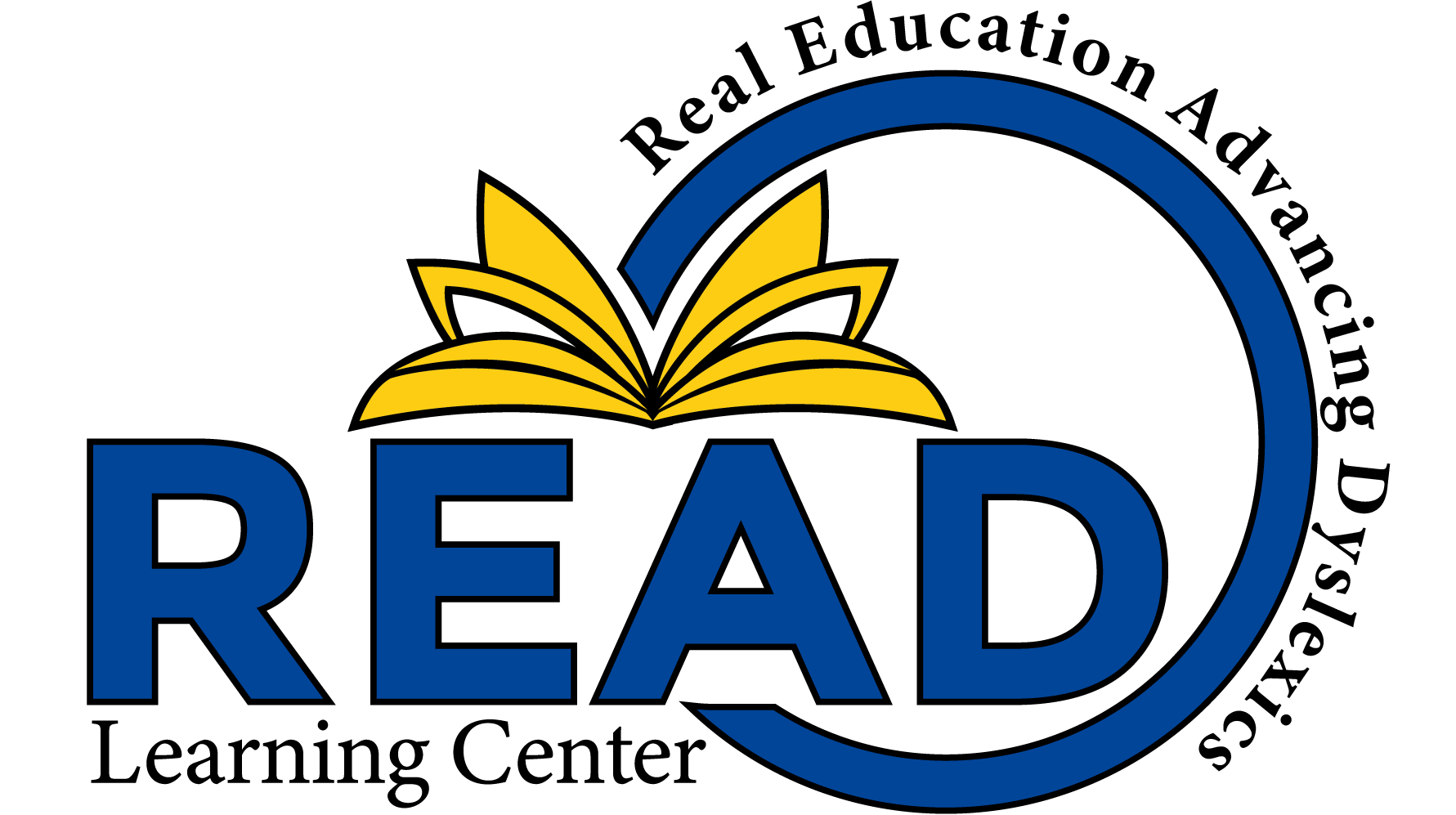What is Working Memory?
Working memory is the ability to retain information as an easily accessible tool. Working memory allows a person to problem-solve, digest new information, and plan. This is used for activities such as mental math, remembering directions, and remembering names- along with countless other skills we use in everyday life.
When someone’s working memory is impaired, they find it challenging to recall information or instructions- even directly after being instructed. A lack of working memory also impacts a person’s long-term memory storage, and their information recall needs to be more organized and present.
*A key feature of working memory, as opposed to other forms of memory, is that working memory is used specifically when the person is supposed to use the information for an activity, such as using a number in an equation or following directions.
Neurodivergent people (as opposed to neurotypical people who are not affected by a mental illness or cognitive disability) are frequently impacted by impaired working memory, especially those with dyslexia and ADHD. As stated by the International Dyslexia Association, “Approximately 10% of [people] have weak working memory; however, the estimates of the percentage of weak working memory in students with specific learning disorders, including dyslexia, ranges from 20 to 50 percent.”
When learning reading and written language, students must do the following activities that require working memory: provide the meaning and pronunciation of words, remember and sequence sounds for spelling and ideas in written text, and use reading comprehension. As a result, becoming literate can be extremely difficult for people with a cognitive disability.
Impaired working memory and dyslexia cannot be “cured,” but the symptoms of both can be treated and managed. A key factor of treatment for dyslexia and impaired working memory is consistent and frequent practice. Therefore, consistent tutoring for dyslexia is an invaluable tool that can help improve the symptoms of working memory and dyslexia.
Tutoring and Working Memory
To help dyslexic students with their impaired working memory, the International Dyslexia Association recommends that phonics learning should be multisensory. Dyslexic people have low phonemic awareness, making it difficult to hear and isolate sounds within words. In dyslexia-based tutoring, students learn their phonics through a multisensory approach. This includes touching an item for each sound in a word, using pictures to remember a letter’s sound, and thinking about how your mouth feels when making certain sounds. A multisensory approach allows a person to use several cues to recall information rather than relying only on memorization. These techniques can also expand beyond a tutoring environment and be utilized as a tool by the dyslexic student.
Breaking apart sentences, or “chunking,” is a technique taught in dyslexia-focused tutoring that benefits both working memory and other dyslexia symptoms. By breaking apart sentences into smaller chunks, the student can decode and digest each portion individually. This can be done by breaking apart the sentences grammatically (subject, verb, adjectives, etc) or sequentially (first, middle, last). Tutoring allows the student to break apart sentences and reflect on the information with the tutor to practice reading and comprehension. Taking on a singular piece of data at a time gives the student less information to recall in their working memory. They can move on to the next portion when they understand rather than memorize the news.
Consistent practice is the most critical part of treating dyslexia and a significant factor in learning with working memory. Weekly tutoring allows a student to consistently practice the previously mentioned skills and work through issues until a topic is understood. Persistent practice makes skills understood rather than memorized, which is essential when a student has a poor working memory. Falling behind academically is a common struggle of students with learning disabilities, so extra practice and one-on-one attention are beneficial so they don’t fall through the cracks.
Learning with dyslexia is difficult, but you and your child do not have to face it alone.
READ Academy is a private school in Sacramento for children with learning disabilities such as dyslexia. Our sister company, READ Learning Center, offers dyslexia screenings and private after-school tutoring. If you are interested in our services and want to learn more, contact us at (916) 258-2080.


Amazing blog! Is your theme custom made or did you download it from somewhere? A design like yours with a few simple tweeks would really make my blog jump out. Please let me know where you got your theme. Kudos